【英語学】ブリタニア時代:イギリスに残るローマ帝国の痕跡
今回はローマ人が属領時代のイングランドに残した遺産を紹介する。
古代のイギリス
現在のブリテン諸島は8500年前くらいに大陸から分かれたといわれており、それまでそこに暮らしていたのは6万年頃のネアンデルタール人、3万年前に進出したホモサピエンスである。BC3000年紀には大陸からケルト人(Celt)が進出して定着した。
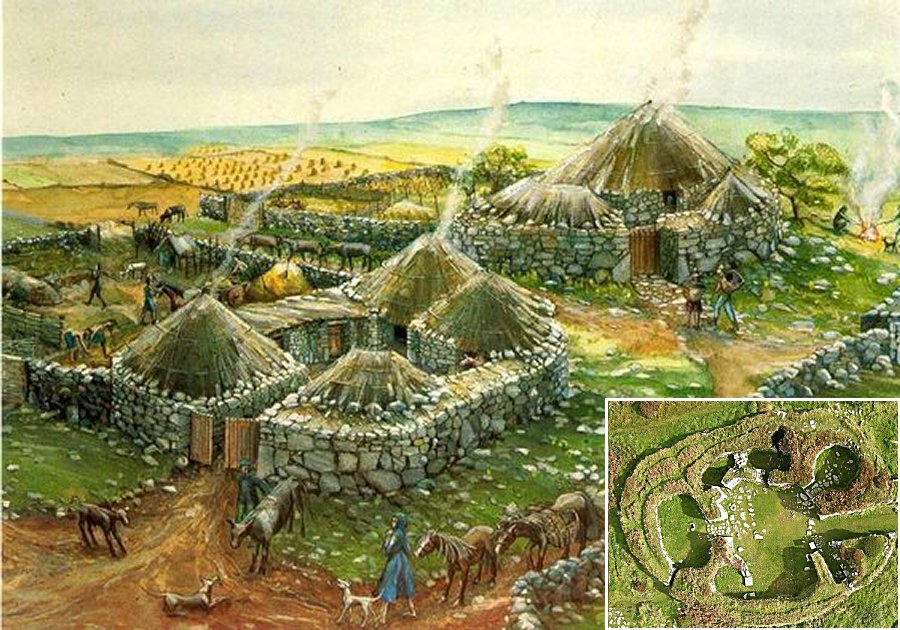
本格的な侵略はAD43年、ローマ皇帝クラウディウス(Claudius)によるものだ。以後、ゲルマン系諸集団が大量に侵入してくるAD410年まで、350年以上にわたり、スコットランドとアイルランド島を除くグレートブリテン島の広い地域を支配した。侵入してきたゲルマン系諸集団とは、それまでドイツ北西部にいたアングル人(Angle)、サクソン人(Saxon)、ジュート人(Jute)の3民族。
なお、9世紀に入ると、現在のデンマークおよびスウェーデンいた北方系ゲルマン人(ノルマン人)の一派デーン人(Dane)がヴァイキングとしてブリテン島に侵入してきた(したがってvikingといえばイギリス人はデーン人を思い浮かべる)。
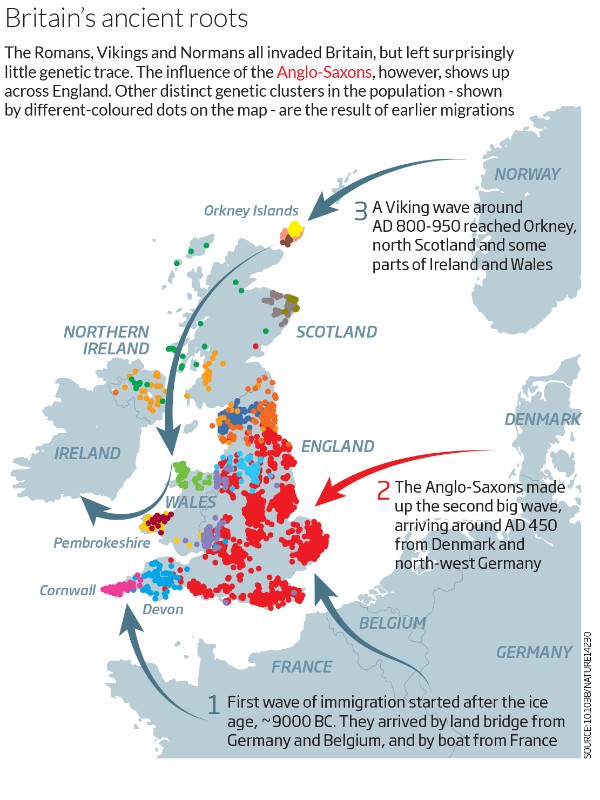
重要な古代歴史書
グレートブリテンの古代史を知るうえで特に重要とされる基本文献は以下の4つである。
『ブリトン人の歴史』(Historia Brittonum)
ローマ帝国撤退後の七王国時代(Heptarchy)に編纂されたケルト系ブリトン人の歴史書。
『カンブリア年代記』(Annales Cambriae)
主にウェールズの歴史を綴った年代記。カンブリアはウェールズの古名。
『アングロサクソン年代記』(Anglo-Saxon Chronicle)
アングロ・サクソン征服以降の歴史を古英語で綴った年代記の集大成。イングランド最古の歴史書といわれる。
『イングランド教会史』(Ecclesiastical History of the English people)
七王国時代にベーダ・ヴェネラビリス(Venerable Bede)によって書かれた教会史。
なお、スコットランドに関しては、無文字文化の伝統とキリスト教によるドルイド伝承の排除の影響で古代の文字資料が存在していない。
ローマ人がブリタニアに残した10のもの
1. ファストフード(Fast Food)
It might seem a modern marvel, but the Romans were the first to introduce street stalls and ‘food on the move’ as we might think of it today. With 10,000 soldiers in Britain, based at forts such as Birdoswald, having access to tasty, convenient food (like burgers…) was vitally important and vendors serving fast food would have been commonplace in large towns. The Romans also introduced staple foods such as apples, pears and peas to Britain.
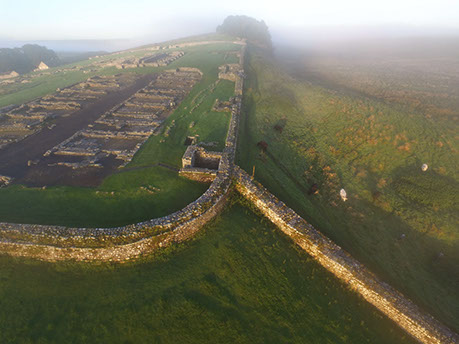
ファストフードは現代の発明と思っている人が多いかもしれないが、露店や「移動食」をブリタニアにもたらしたのはローマ人である。たとえば、ハドリアヌスの長城のバルドスワルド砦には1万人のローマ兵士が常駐していたので、(ハンバーガーのような)簡単で美味しい食べ物の調達はとても大事だった。大きな町にはそのための仕出し屋もあったのではないかと思われる。リンゴ、なし、豆類をブリタニアに持ち込んだのもローマ人だった。
2. 広告と商標(Advertising and Trademarks)
The modern concepts of Public Relations, Marketing and Advertising can all trace their roots back to the Romans. Traders would advertise their wares with billboards and signs, while self-promotion was a major concern to the emperor who proclaimed his military victories on his coins. Potters would often stamp their vessels with their name, a mark of quality.
現代のPR(企業広報)、マーケティング、広告のルーツはすべてローマにある。交易業者は売りたい商品があれば掲示板や看板で宣伝した。自己アピールは皇帝にとっても大きな関心事で、軍功を上げればコインに自分の顔を刻みアピールした。陶工は自分のつくった器に自分の名を刻み品質の証とした。
3. 水道と公衆衛生(Plumbing and Sanitation)
Keeping towns and forts clean through drainage and access to fresh water was a new concept to Britain. At the root of sanitation was the great engineering works of the Romans, with aqueducts bringing water in and drains to keep the streets and houses clean. The remains of Roman toilets and bath complexes can be seen across the forts of Hadrian’s Wall, especially at Chesters and Housesteads.
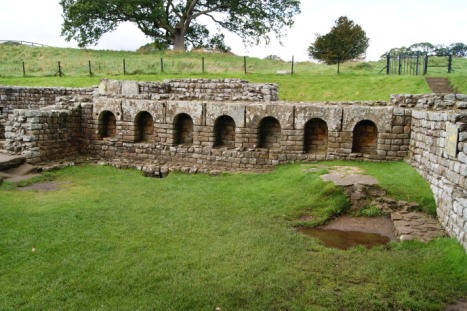
ローマ人は下水路を設けて街や砦をきれいに保ち、いつでも新鮮な水が使えるように水道を整備した。これは当時のブリトン人にとって真新しいものだった。高架水道から水を取り込み、下水路を通じて排水することで街路や家々の衛生が保たれる。こうした水道設備はローマ人の衛生技術の粋であった。ローマ人が建造したトイレ・浴場複合施設の遺構はハドリアヌスの長城のチェスターズ砦やハウステッズ砦などで見学できる。

4. 街(Towns)
Large settlements existed in Britain before the Romans arrived, but they were the first to introduce significant ‘towns’ and administrative centres, which were planned out.
Londinium, Aqua Sulis (Bath) and Lindum colonia (Lincoln) are all examples of Romans towns that still exist as modern towns, whilst Coria (Corbridge) and Isurium Brigantium (Aldborough) are Roman towns you can visit today.
ローマ人来襲以前にも大規模な定住地は存在したが、綿密に設計された行政機関を中心とする街をグレートブリテン島に初めて築いたのはローマ人だった。
Londinium(現ロンドン)、Aqua Sulis(現バース)、Lindum colonia(現リンカーン)などに築かれた街が現役である。Coria(現コ―ブリッジ村)、 Isurium Brigantium(現オールドバラ村)などにはブリタニア時代の遺構が残る。
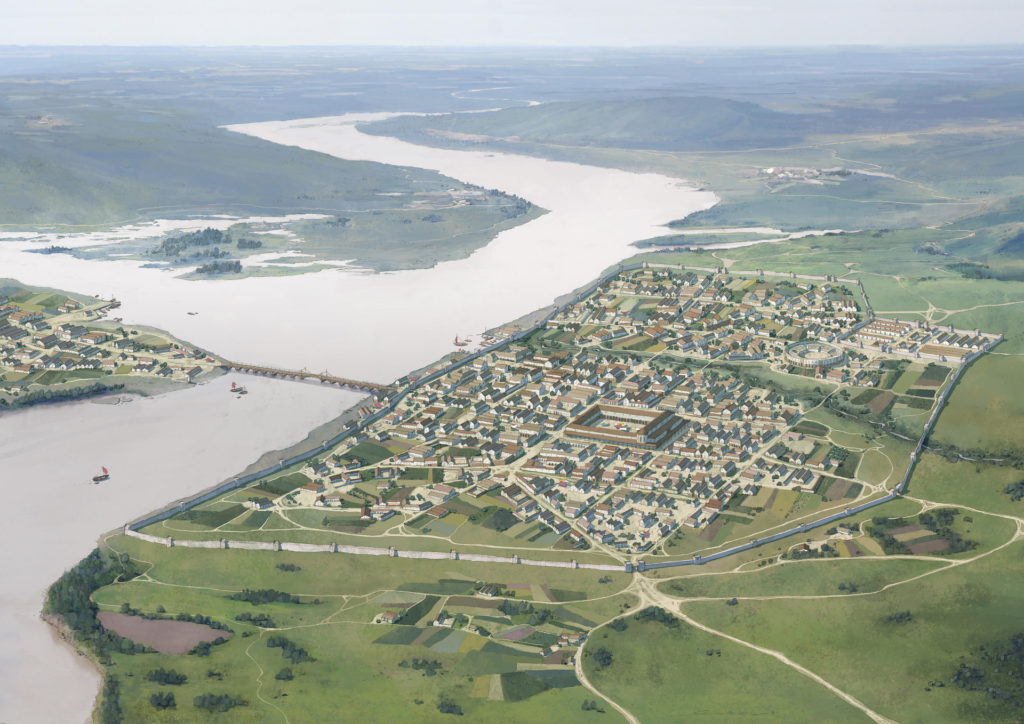
5. 建築(Architecture)
From military structures such as forts and walls (including the spectacular Hadrian’s Wall) to engineering feats such as baths and aqueducts, the most obvious impact of the Romans that can still be seen today is their buildings. Most buildings in Iron Age Britain were made of timber and were often round in form. The Romans built in stone, in straight lines and in a grand scale. Just imagine the bridge at Chesters when it was complete, spanning the river.

砦や防御壁(ハドリアヌスの長城は壮観)などの軍事構造物から浴場や高架水道路などの工学設備に至るまで、ローマ人の遺産のなかで最大のインパクトを持つものといえば、現在も目の当たりにできる建造物の数々だろう。鉄器時代のグレートブリテン島の建築物は、その多くが丸みをおびた木造建築だったが、ローマ人は直線を基調とする大規模な石造建築を築いた。先の紹介したチェスターズ砦。この要塞はノース・タイン川に軍用路用の橋をかけるために築かれたのだ。その様子を想像してみよう。
6. 道路(Roads)
Everyone knows the secret to a Roman road – build wide and straight, often with paved streets. Constructing reliable transport routes was a necessity of such an expansive empire, and a huge upgrade on the primitive routes that came before in Britain. Many, such as Watling Street (the A2 and A5) and Dere Street (A59 and A1 from York) still form the basis of routes used today.
ローマ人の作る道路は幅広く真っすぐで、しばしば舗装されていることで有名だ。大帝国の経営にとって安定した輸送路の建造は必須だったので、彼らの来る前からあった原始的な道は大々的に改修された。ワットリング・ストリート(A2およびA5)やダー・ストリート(A59およびヨーク以北のA1)は現代の道路網の基幹路線として利用されている。
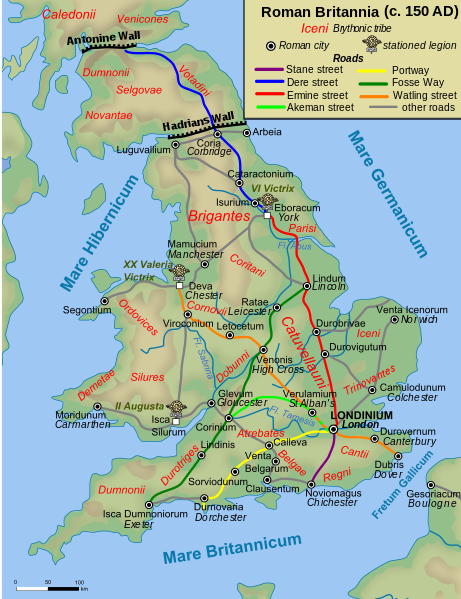

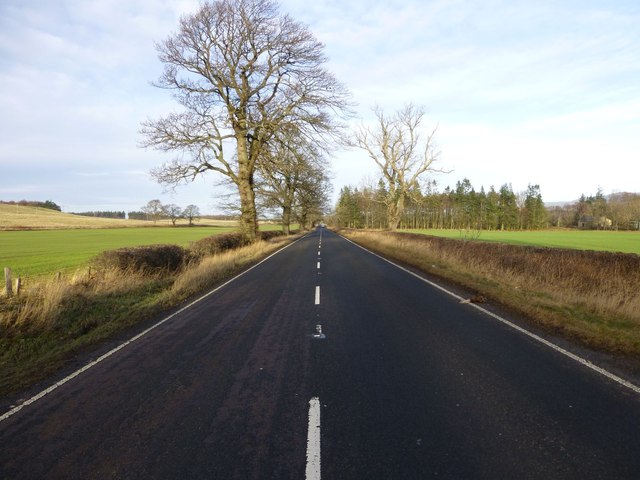
7. カレンダー(Our Calendar)
The Julian calendar was the first to consist of 365 days, along with a leap year every four years. It forms the basis of the Gregorian calendar we use today. The names of the months derive from Roman months, reflecting the important Roman impact on our modern diaries. This is most obvious for July and August, which are named after the early rulers Julius Caesar and Emperor Augustus.
1年365日、4年に一度の閏年をもつユリウス暦を作ったのはローマ人である。これが元になって現在のグレゴリオ暦ができた。英語の月名はローマ月から来ているから、現代の日誌や日記などもローマの影響下にあるといっていい。典型的なのは七月のJulyと八月のAugustだろう。前者はローマ初期の有力政治家ジュリアス・シーザー(ガイウス・ユリウス・カエサル)、後者は初代皇帝アウグストゥスにちなんでいる。
どちらも1年365日、閏年のみ366日は同じだが、閏年の計算が異なる。グレゴリオ暦は、3224年に約1日の誤差しか出ないように調整したもの(ユリウス暦では128年に約1日の誤差が出る)。
8. 通貨(Currency)
Although some of the tribes in the South of England produced coins before the Romans arrived, it was not used as currency, to purchase things. The Romans brought in their own coinage, which was the same across the Empire. A denarius minted in Rome could be spent in Britain, North Africa or Turkey, such a global currency has not been seen since.
イングランド南部の一部ではローマ人が来る前にコインを作っていたが、このコインは物を買うときに使う硬貨ではなかった。ローマ人は帝国内共通の貨幣制度を持ち込んだ。ローマで鋳造されたデナリウス(小額銀貨)はブリテン、北アフリカ、トルコなどどこでも使えた。このような国際通貨はこれ以後存在しない。
ラテン語。「10ごとに」、「10単位で」を意味する。
9. ラテン語(Latin)
The introduction of Latin had a profound impact on words and language within Britain. Latin became the language of religion, law and administration, and a great many modern words still derive from this language.
Did you know that plumbing is called this because the Romans made their pipes out of lead (plumbum)? Or that the Latin word sinister meant left, which the Romans considered to be bad-luck.
ラテン語の導入はブリテンで使用する単語、言語に深甚な影響を与えた。宗教、法律、行政の公用語になったほか、現代語の多くも派生元はローマ帝国である。
たとえば、plumbing(水道管、水道工事)という単語は、ローマ人が鉛製(ラテン語で鉛はplumbum)の水道管を使っていたところから来ている。また、sinister(不吉な)という単語はラテン語(sinestra)では「左」を意味するが、ローマ人は「左は不吉」と考えていたから今の意味になった。
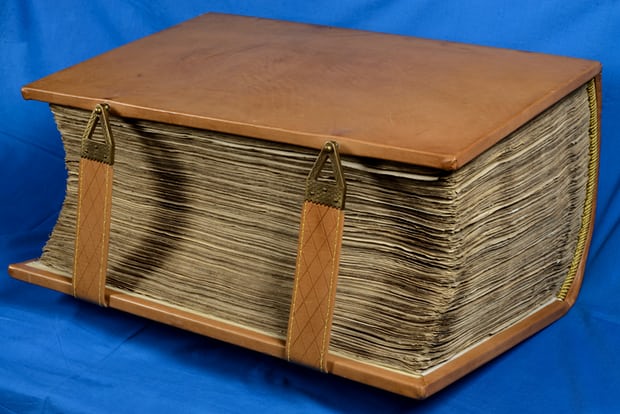
10. 文字記録と官僚制度(Bureaucracy)
The introduction of writing to Britain had a huge impact on our understanding of the history. Being great record keepers has left a wealth of information about life in Roman Britain. The army in particular was extremely bureaucratic and rotas, food orders and stock checks of weapons, could be filled out in triplicate!
ローマ人はブリテンに文字記録を教えた。それが住民の歴史に対する理解に多大な影響を及ぼした。ブリタニア(Roman Britain)の生活に関して豊富な情報が残ったのは記録の習慣が確立したからだ。ローマ軍の兵士は優秀な官僚でもあった。彼らは同じ当番表、食事の注文票、兵器の在庫管理票・・・をなんと3通ずつ作っていたという。
<引用記事終わり>

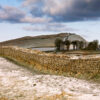
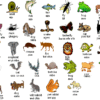
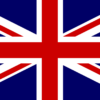


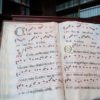

ディスカッション
コメント一覧
まだ、コメントがありません